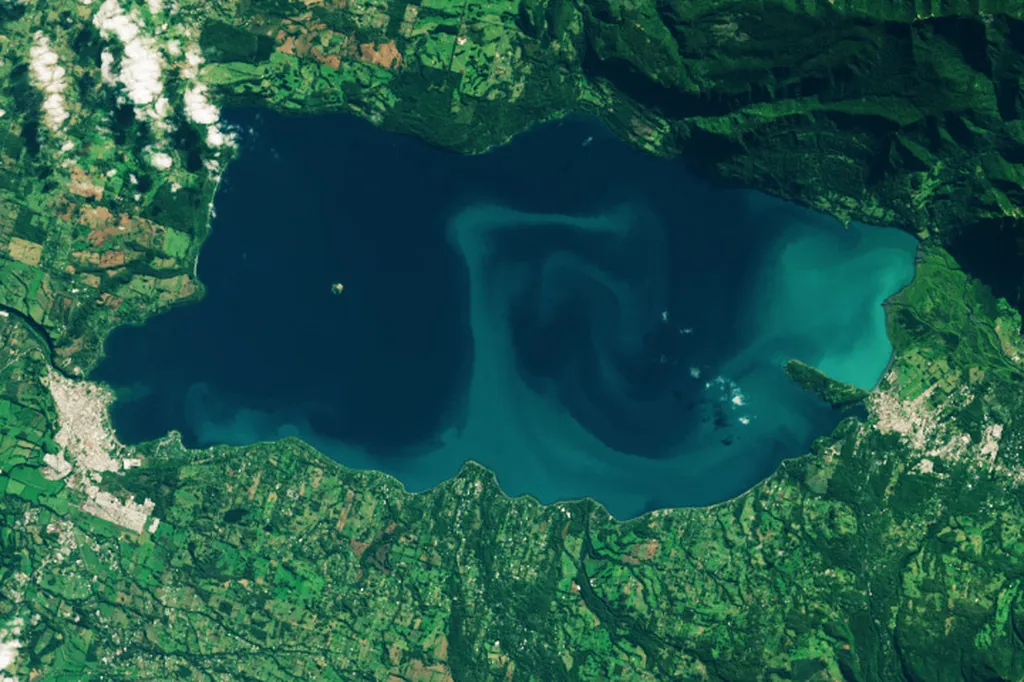In the heart of the Andes, a humble aquatic plant is stirring up a storm of scientific interest and economic potential. Chara globularis, a submerged macroalga that thrives in the high-altitude waters of Lake Titicaca, is at the center of a groundbreaking study published in the journal ‘Manglar’. The research, led by Angel Canales-Gutiérrez from the Universidad Nacional del Altiplano de Puno, sheds light on the plant’s ecological impact and its promising role in sustainable agriculture and water quality management.
The study, conducted from February to July 2024, reveals that Chara globularis can produce a staggering amount of biomass—up to 705,600 kg per hectare, with an average of 24,800 kg per hectare across 43,600 hectares of Lake Titicaca. This translates to over 1.08 million tons of biomass, a resource that could be harnessed for organic fertilizer production. “The nutrient profile of Chara globularis is impressive,” says Canales-Gutiérrez. “It’s rich in potassium, phosphorus, nitrogen, and organic matter, making it an excellent candidate for compost production.”
However, the plant’s dense coverage comes with ecological trade-offs. The study found strong positive correlations between Chara globularis and increased pH and electrical conductivity, along with a reduction in dissolved oxygen levels, which can lead to hypoxia. Additionally, the richness of macroinvertebrates and other macroalgae was lower in Chara-dominated areas, indicating ecological homogenization.
Despite these challenges, the research proposes a sustainable harvest strategy that could combine ecological conservation with a circular bioeconomy. “We suggest a sustainable harvest of 60% of the biomass,” explains Canales-Gutiérrez. “This approach aims to balance ecological conservation with the productive potential of Chara globularis.”
The commercial implications for the agriculture sector are significant. The plant’s nutrient-rich profile could revolutionize organic farming practices, providing a sustainable and locally sourced fertilizer. Moreover, the study’s findings could pave the way for similar research in other high-altitude lakes, potentially unlocking new resources for agriculture and environmental restoration.
As the world grapples with the need for sustainable agricultural practices, Chara globularis emerges as a promising resource. The study’s insights could shape future developments in organic farming, water quality management, and circular economy initiatives, offering a blueprint for harnessing the potential of aquatic plants in a way that benefits both the environment and the economy.

